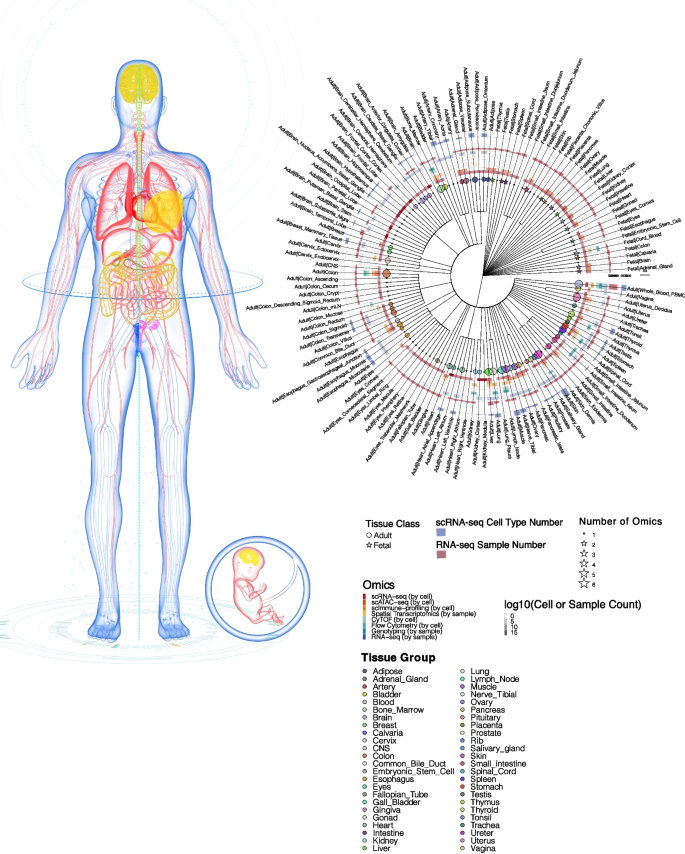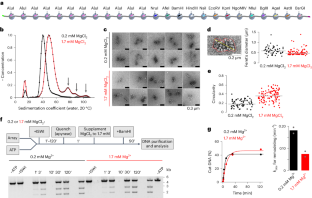2024-04-24 ミュンヘン大学(LMU)
<関連情報>
- https://www.lmu.de/en/newsroom/news-overview/news/color-variants-in-cuckoos-the-advantages-of-rareness.html
- https://www.science.org/doi/10.1126/sciadv.adl5255
カッコウにおける性限定多型の進化と遺伝的構造 Evolution and genetic architecture of sex-limited polymorphism in cuckoos
JUSTIN MERONDUN, CRISTIANA I. MARQUES, PEDRO ANDRADE, SWETLANA MESHCHERYAGINA, […], AND JOCHEN B. W. WOLF
Science Advances Published:24 Apr 2024
DOI:https://doi.org/10.1126/sciadv.adl5255

Abstract
Sex-limited polymorphism has evolved in many species including our own. Yet, we lack a detailed understanding of the underlying genetic variation and evolutionary processes at work. The brood parasitic common cuckoo (Cuculus canorus) is a prime example of female-limited color polymorphism, where adult males are monochromatic gray and females exhibit either gray or rufous plumage. This polymorphism has been hypothesized to be governed by negative frequency-dependent selection whereby the rarer female morph is protected against harassment by males or from mobbing by parasitized host species. Here, we show that female plumage dichromatism maps to the female-restricted genome. We further demonstrate that, consistent with balancing selection, ancestry of the rufous phenotype is shared with the likewise female dichromatic sister species, the oriental cuckoo (Cuculus optatus). This study shows that sex-specific polymorphism in trait variation can be resolved by genetic variation residing on a sex-limited chromosome and be maintained across species boundaries.


